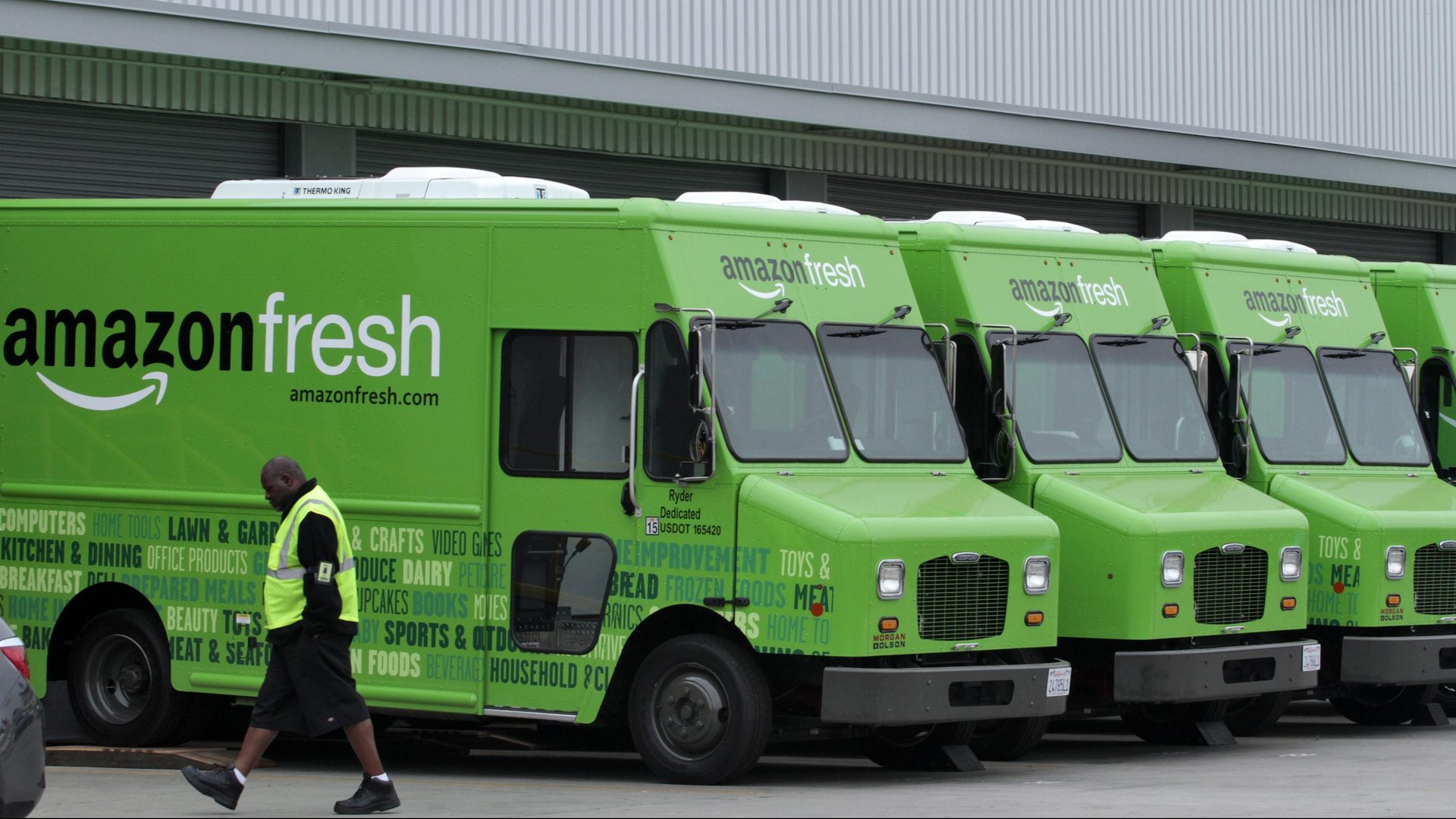Amazon’s acquisition of Whole Foods is the game-changer
Amazon’s deal to buy Whole Foods may be remembered as the dawn of a new era in business, when an old industry resistant to change suddenly gave way to something modern and innovative. But supermarkets were once a cutting-edge concept themselves.


Amazon’s deal to buy Whole Foods may be remembered as the dawn of a new era in business, when an old industry resistant to change suddenly gave way to something modern and innovative. But supermarkets were once a cutting-edge concept themselves.
It wasn’t that long ago that shoppers went to the butcher for meat, the baker for bread, and the green grocer for produce. Starting in 1930, the supermarket pulled it all together, using economies of scale to lower prices and helping to usher Americans into suburbia. The bounty of the American supermarket, with its towers of toilet paper and freezers full of meat, was so arresting to Soviet officials who visited a Randall’s grocery store outside Houston in 1989 that it shattered their faith in communism and helped end the Cold War.
Modern supermarkets were made possible by a host of changes, from industrial-scale farming to the interstate highway system. But after pioneering a logistics revolution that paved the way for shopping malls and big box stores, progress pretty much stopped. While virtually every other domain of commerce has changed dramatically with the advent of the internet, online grocers were stymied by the challenge of delivering perishables while operating within the tight margins that keep groceries a competitive business.
There’s been a long line of companies that have tried to crack the code, with some notable failures, but none have gained traction. What makes this time different? Part of it is the track record of Amazon and Jeff Bezos; from books to television shows, there are few, if any, things they haven’t been able to sell online.
But the strategy matters, too. Buying Whole Foods is a recognition that selling groceries requires a brick-and-mortar presence, either as a launching point for neighborhood deliveries, or as a pick-up location for commuters. Turning a network of 430 Whole Foods locations—a number sure to grow—into outposts for Amazon’s empire should strike fear into the hearts of all retailers everywhere, across the US in particular.
With $136 billion in annual sales, Amazon is already a juggernaut—it’s the 12th-largest company on the Fortune 500. Once it gets its teeth into a sizable portion of the almost $600 billion the US spends in supermarkets, it will set its sights on No. 1: Walmart and its $486 billion in revenue.
Bezos will soon be the richest person in the world. After today, Amazon is headed toward being its biggest company. And just as flip phones became obsolete the day after iPhones were introduced, Amazon-powered food buying could soon make us wonder how we ever managed before.
A version of this story originally appeared in the weekend edition of the Quartz Daily Brief. Subscribe to the Quartz Daily Brief for the most important and interesting news from the global economy, in your inbox each morning.